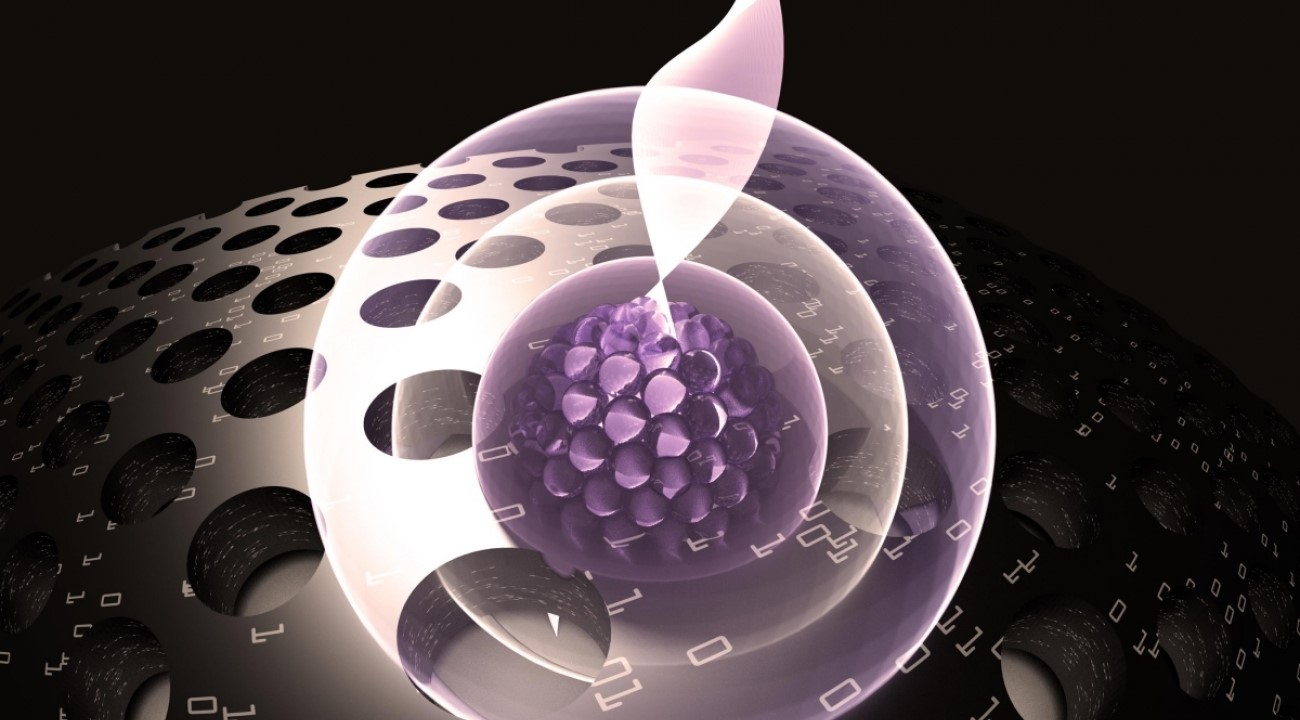Semiconductor quantum transistor opens door for photon-based computing

The highly anticipated quantum science-based revolution in information technology requires the development of groundbreaking hardware comparable in function to the transistors used in today's computers.
Researchers at the University of Maryland's A. James Clark School of Engineering and Joint Quantum Institute (JQI) have cleared a hurdle in the development of such quantum-compatible hardware with their demonstration of the first single-photon transistor using a semiconductor chip.
Transistors are tiny switches that are the foundation of modern computing. Billions of them route electrical signals around inside the computers that power our smartphones, tablets and other devices. Quantum computers will need analogous hardware to manipulate quantum information. But the design constraints for this new information technology are stringent, and today's most advanced processors can't be repurposed as quantum devices. That's because quantum information carriers, dubbed qubits, have to follow the radically different rules laid out by quantum physics.
Scientists can use many kinds of quantum particles as qubits, even the photons that make up light. Photons have added appeal because they can swiftly shuttle information over long distances, and they are compatible with fabricated chips. However, making a quantum transistor triggered by light has been challenging because it requires that the photons interact with each other, something that doesn't ordinarily happen.
The Maryland research team headed by Professor of Electrical and Computer Engineering, JQI Fellow, and Institute for Research in Electronics and Applied Physics Affiliate Edo Waks"”has used a quantum memory to make photons interact, creating the first single-photon transistor made from a semiconductor.
The device has numerous holes in it, making it appear much like a honeycomb. Light entering the chip bounces around and gets trapped by the hole pattern. A small crystal sits inside the area where the light intensity is strongest, and, analogous to conventional computer memory, this crystal stores information about photons as they enter the device. It can then effectively tap into that memory to mediate interactions with other photons that later arrive at the chip.
The team observed that a single photon could, by interacting with the crystal, control the transmission of a second light pulse through the device. The first light pulse acts like a key, opening the door for the second photon to enter the chip. If the first pulse didn't contain any photons, the crystal blocked subsequent photons from getting through. This behaviour is similar to a conventional transistor where a small voltage controls the passage of current through its terminals. Here, the researchers successfully replaced the voltage with a single photon and demonstrated that their quantum transistor could switch a light pulse containing around 30 photons before the device's memory ran out.
"Using our transistor, we should be able to perform quantum gates between photons," says Waks. "Software running on a quantum computer would use a series of such operations to attain exponential speedup for certain computational problems.
Their device, described in the July 6 issue of Science, is compact; roughly one million of these new transistors could fit inside a single grain of salt. It is also fast and able to process 10 billion photonic qubits every second.
With realistic engineering improvements their approach could allow many quantum light transistors to be linked together, according to lead author Shuo Sun, a postdoctoral research fellow at Stanford University who was a UMD grad student at the time of the research. The team hopes that such speedy, highly connected devices will eventually lead to compact quantum computers that process large numbers of photonic qubits, .
The University of Maryland (UMD) is home to one of the world's top quantum science and technology communities, with over 200 quantum researchers on-site.

































